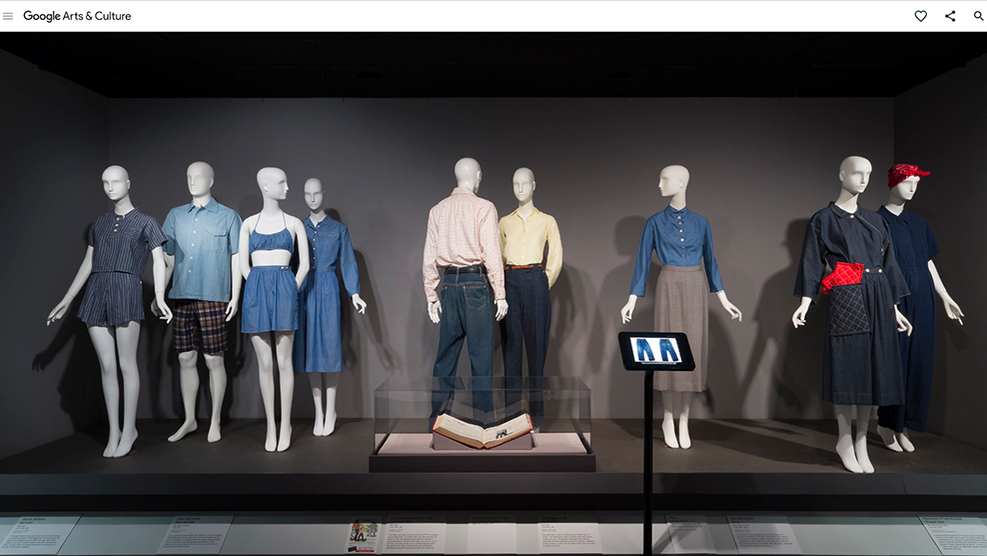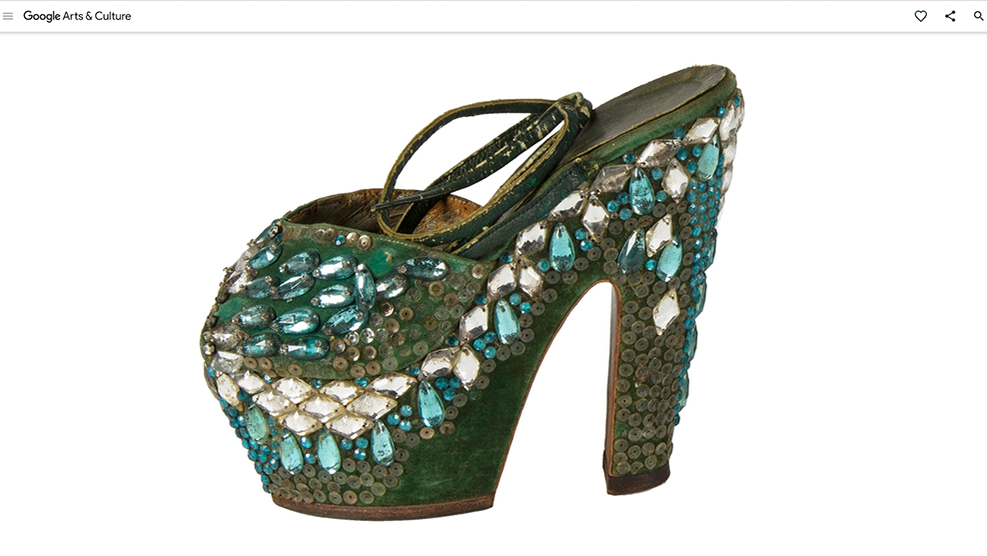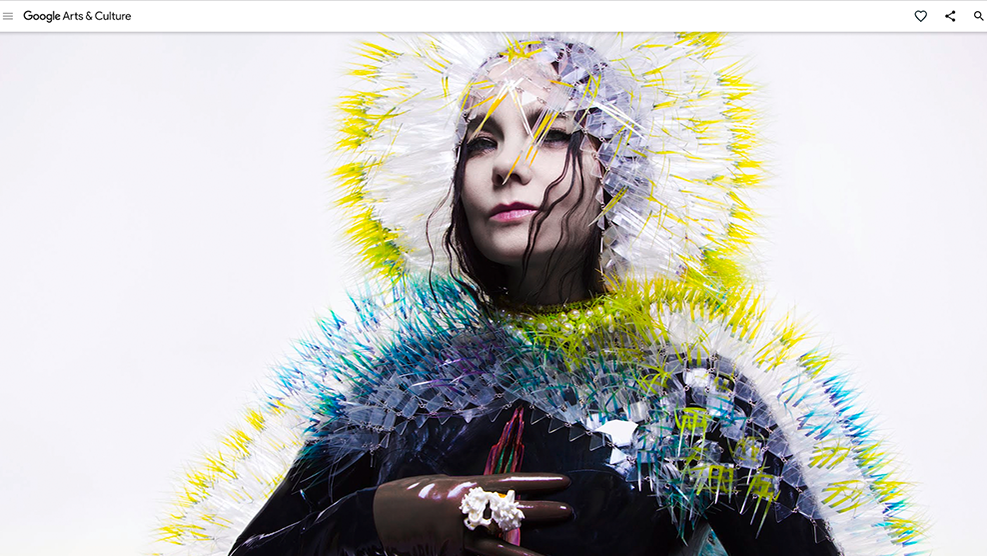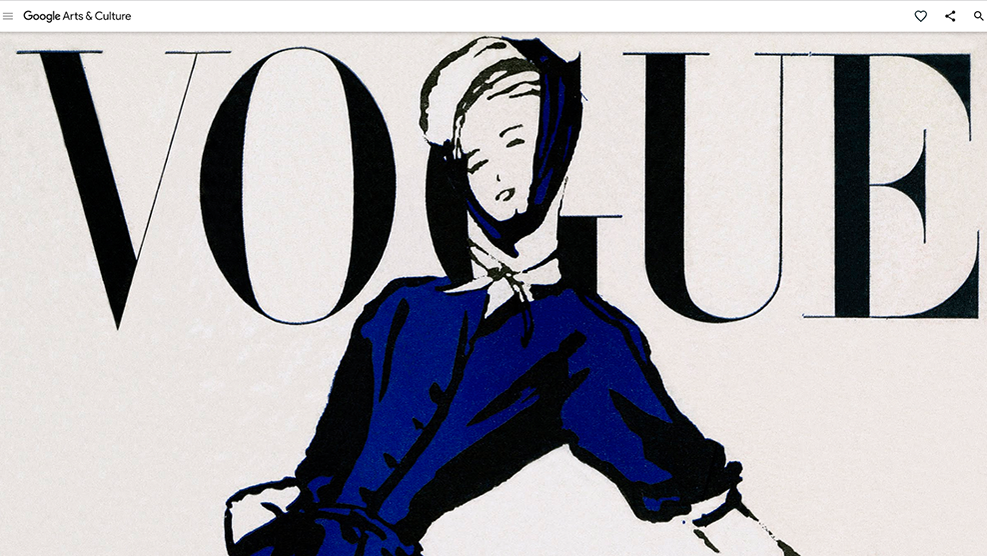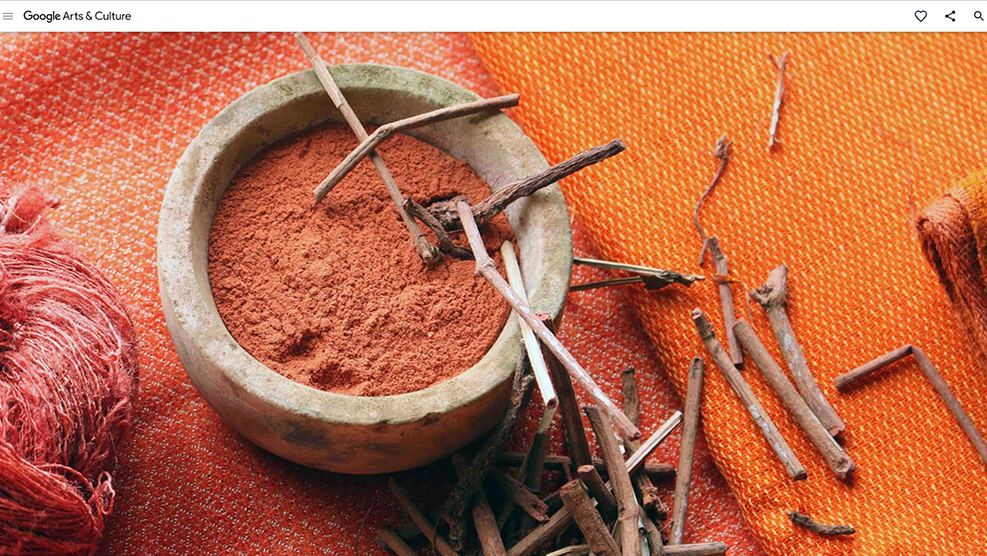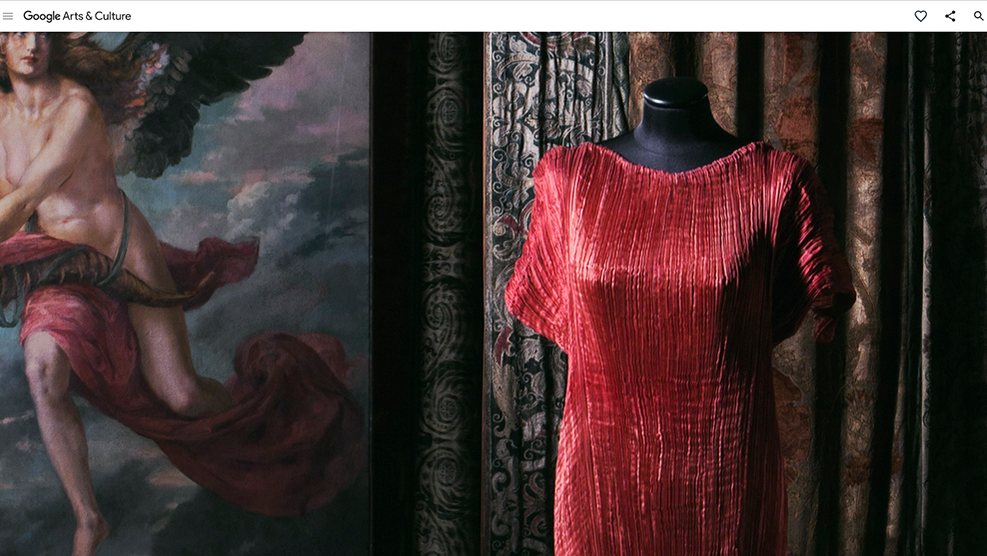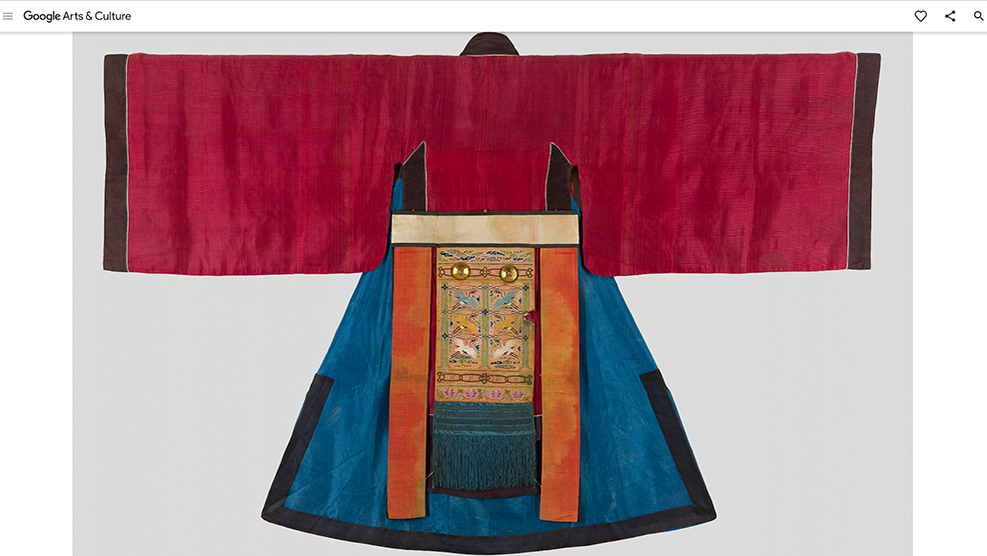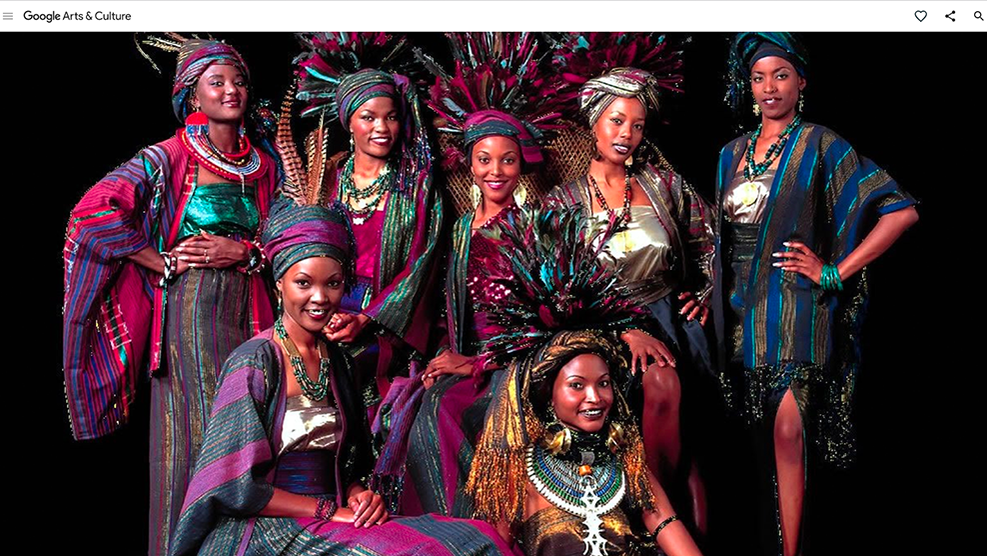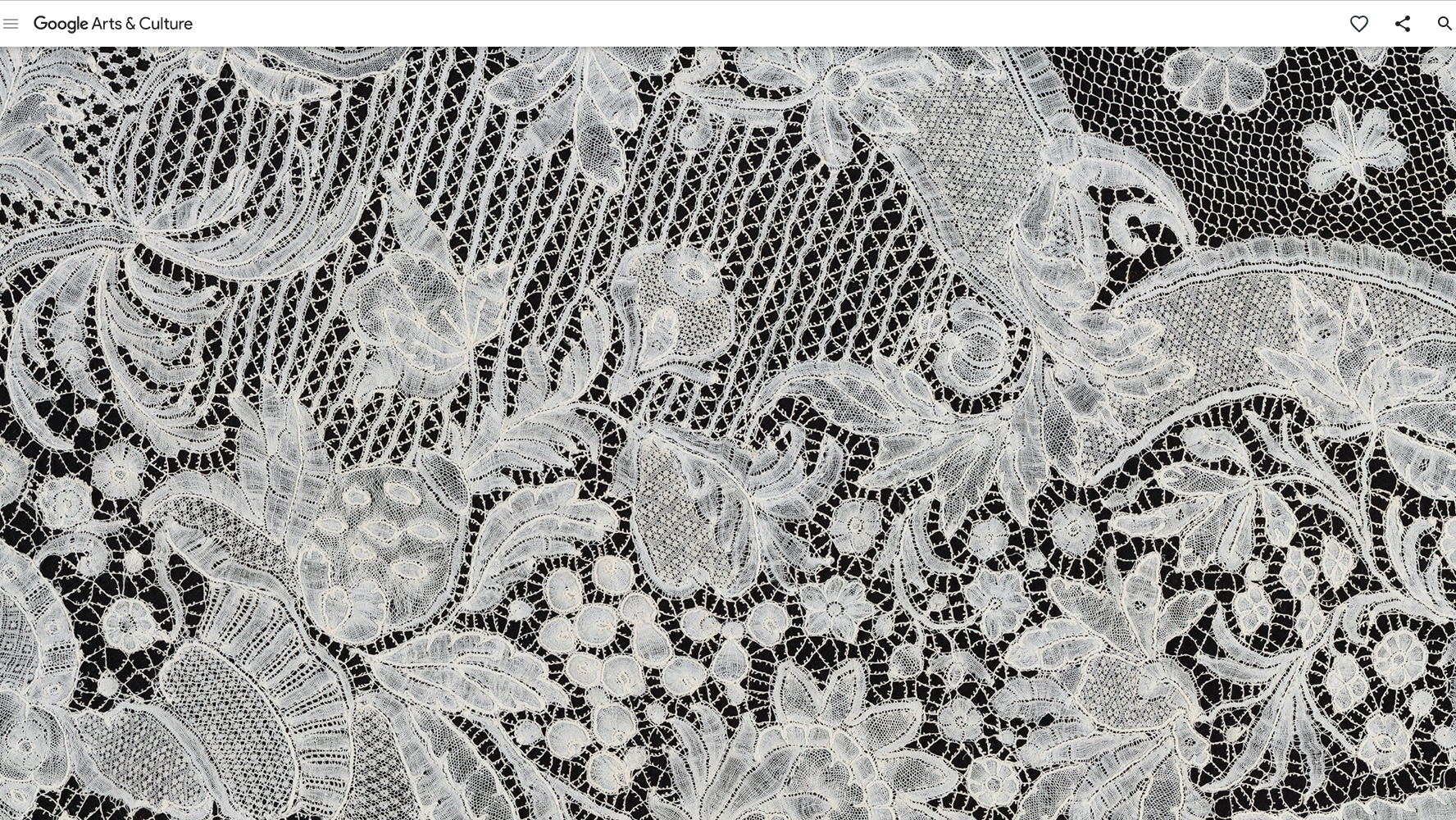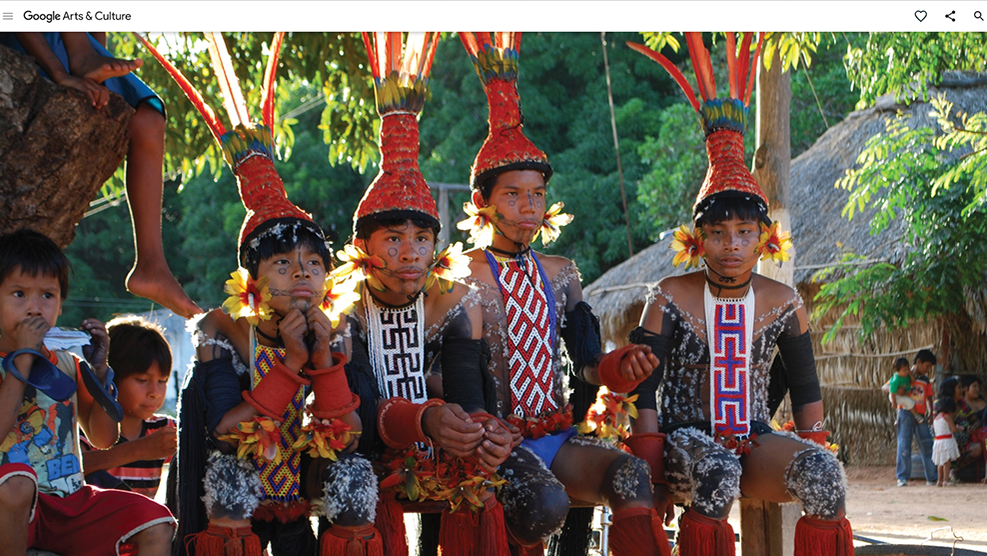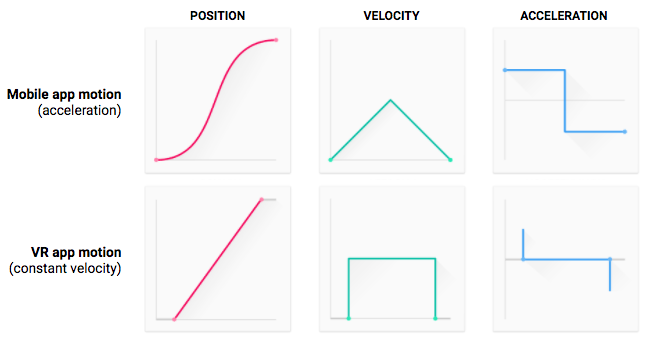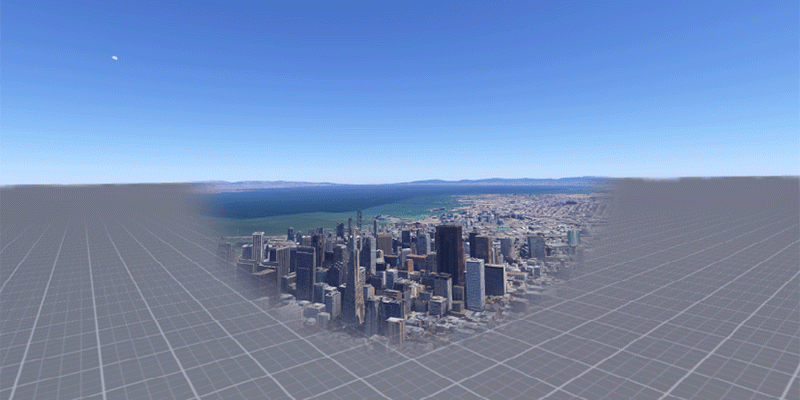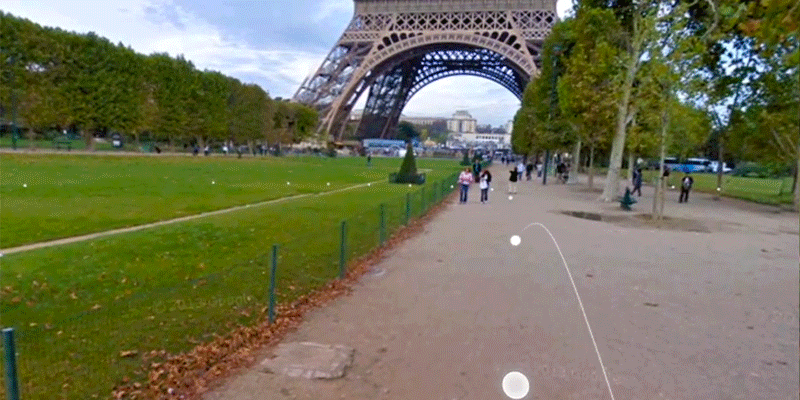Virtual reality helps creators bring their audiences to new, amazing, and even impossible-to-visit places. As a viewer, you get a whole new angle on shows, sports, and concerts you care about. You can walk around the Eiffel Tower, dive to the bottom of the Great Barrier Reef, or get a new perspective by meeting people face-to-face in a way that isn’t possible with a flat view of the world.
We know that virtual reality videos can be really powerful, which is why we have invested in supporting 360 and VR formats for over two years. And today, VR video is the most popular way to experience VR. But, we’ve heard from creators and viewers who want to make and see even more immersive videos on YouTube. So, we’ve been working with Google’s Daydream team on a brand new video format, called VR180, that we believe will make VR content even easier to create.
VR180 videos focus on what’s in front of you, are high resolution, and look great on desktop and on mobile. They transition seamlessly to a VR experience when viewed with Cardboard, Daydream, and PSVR, which allow you to view the images stereoscopically in 3-D, where near things look near, and far things appear far. VR180 also supports livestreaming videos so creators and fans can be together in real time.

For creators, you’ll be able to set up and film your videos the way you normally would with any other camera. And, soon, you’ll be able to edit using familiar tools like Adobe Premiere Pro. From vlogs, to makeup tutorials to music videos - your videos will work great in VR.
But supporting the format is just the beginning. We want to make cameras that are easy to work with too. The Daydream team is working with several manufacturers to build cameras from the ground up for VR180. These cameras are not only great for creators looking to easily make VR content, but also anyone who wants to capture life’s highlights in VR. They will be as easy to use as point-and-shoot cameras, for around the same price. Videos and livestreams will be easy to upload to YouTube. Cameras from YI, Lenovo, and LG are on the way, and the first ones will hit shelves this winter. For other manufacturers, we’re opening up a VR180 certification program and Z CAM will be one of our first partners. Learn more and sign up for updates at vr.google.com/vr180. If you can’t wait to try these out, eligible creators can apply to loan a VR180-enabled camera from one of our YouTube Spaces around the globe.
VR180 will unlock opportunities for anyone looking to easily make VR memories. We're just starting to scratch the surface of what is possible and look forward to seeing your new videos!
